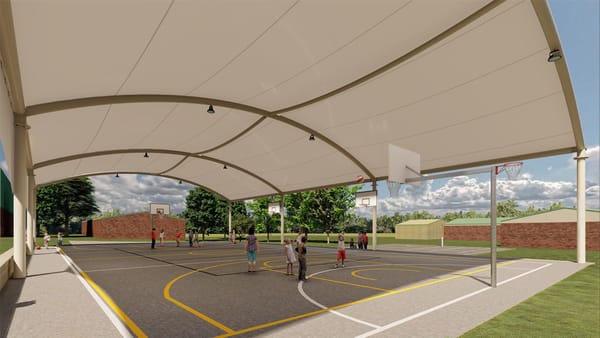Climate change plan calls for more trees, electric vehicles
The Murray Bridge council has drafted an ambitious action plan for the fight against a global emergency.

This story was originally published behind Murray Bridge News’ paywall. Paywalled stories are unlocked four weeks after publication. Can’t wait that long? Subscribe here.

Electric vehicles and tree-planting are key to an ambitious plan to fight climate change in the Murray Bridge district.
The city’s council has charted a course through the next five years in a draft climate change action plan, following on from its symbolic declaration of a climate emergency in October.
Among 36 proposed actions are:
- Quadrupling the area shaded by trees in Murray Bridge, from five per cent to 20%, and making sure trees are planted along all new footpaths
- Replacing the council fleet with electric cars and trucks by 2025
- Removing all plastic grass, such as the astroturf on Adelaide Road
- Trialling the use of native and introduced plant species to see which will tolerate a changed climate
- Continuing to replace fluorescent street lights with LEDs
The council would also aim to reduce the urban temperature by an average of two to three degrees by 2025, mostly by providing more shade; and would set an emissions reduction target for itself by the end of this year.

Plan needs fine-tuning, councillors say
Residents will eventually be asked to provide feedback on the climate plan, which forms part of a broader environmental management plan.
But at a meeting on Monday night, councillors insisted that the document still needed work.
Cr Tyson Matthews said it was important that the council get it right.
“This is an opportunity for us as a council for us to be clear that this isn’t just a matter of virtue-signalling,” he said.
Cr Airlie Keen worried that the council had rushed to set “unachievable” goals, like installing solar panels on all of its buildings or replacing its petrol-fuelled vehicles.
“I think we certainly should look at (those goals), but there should be some kind of cost-benefit analysis,” she said.
“Council has a responsibility to carefully balance our objectives with prudent financial management.
“I’m not satisfied that there’s the right tone in the document to recognise that reality.”
Cr Wayne Thorley also worried that the plan was too “urban-centric” and did not recognise the good work the council had already done in reusing its stormwater, adopting solar power and providing an electric vehicle charging station.
“It’s not what’s in (the plan), it’s what’s not in it,” he said.
Councillors will help staff revise the plan before it is presented to the public.
Schoolgirls’ climate campaign pays off
The council’s climate emergency declaration was the result of campaigning by two schoolgirls, Casey Taylor and Amity Bailey, in October.
The pair had accused councillors – and other leaders of their generation – of risking the lives of their children and grandchildren by failing to face the threat of climate change.
Droughts, storms, bushfires, receding glaciers and rising oceans showed that Mother Nature was “screaming for help”, Casey said at the time.
Murray Bridge will experience twice as many days over 35 degrees by 2090 and 22 per cent less rainfall by 2100 if global carbon emissions are not brought under control, according to research by the Australia Institute and SA Climate Ready researchers published last year.
Average temperatures in South Australia have already increased by almost one degree Celsius in the past 100 years and autumn rainfall has reduced, according to the council’s draft plan, with consequences for public health, food production and water security.
If the Murray Bridge district adopted the international goal of an 85% emissions reduction by 2050, that would mean reducing local greenhouse gas emissions by 7500 tonnes each year.
The climate change action plan will eventually sit alongside an adaptation plan the council adopted in 2016, which focused on reducing the risks posed by extreme weather, bushfires and floods.
Photos: Rural City of Murray Bridge (top), Peri Strathearn.





